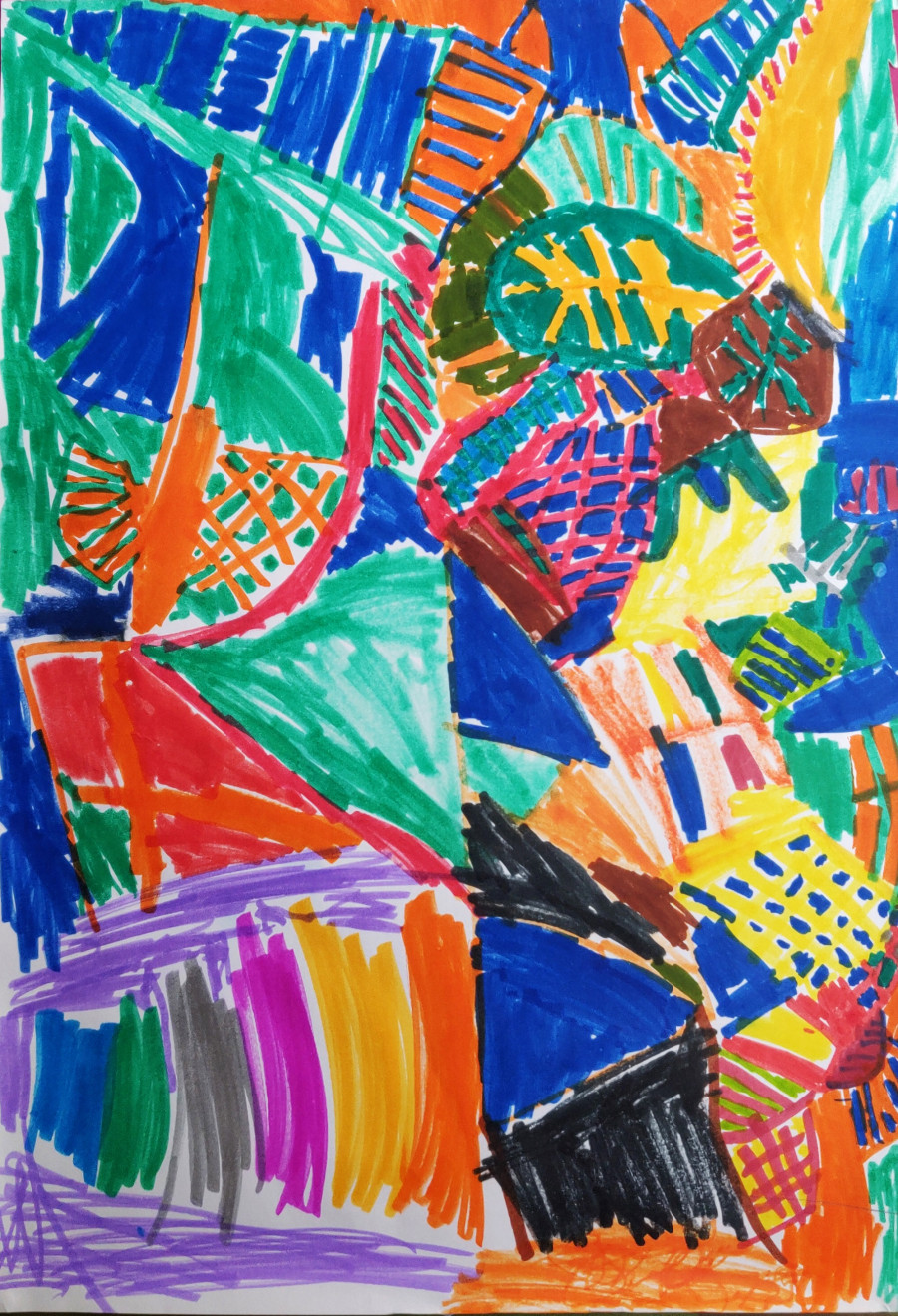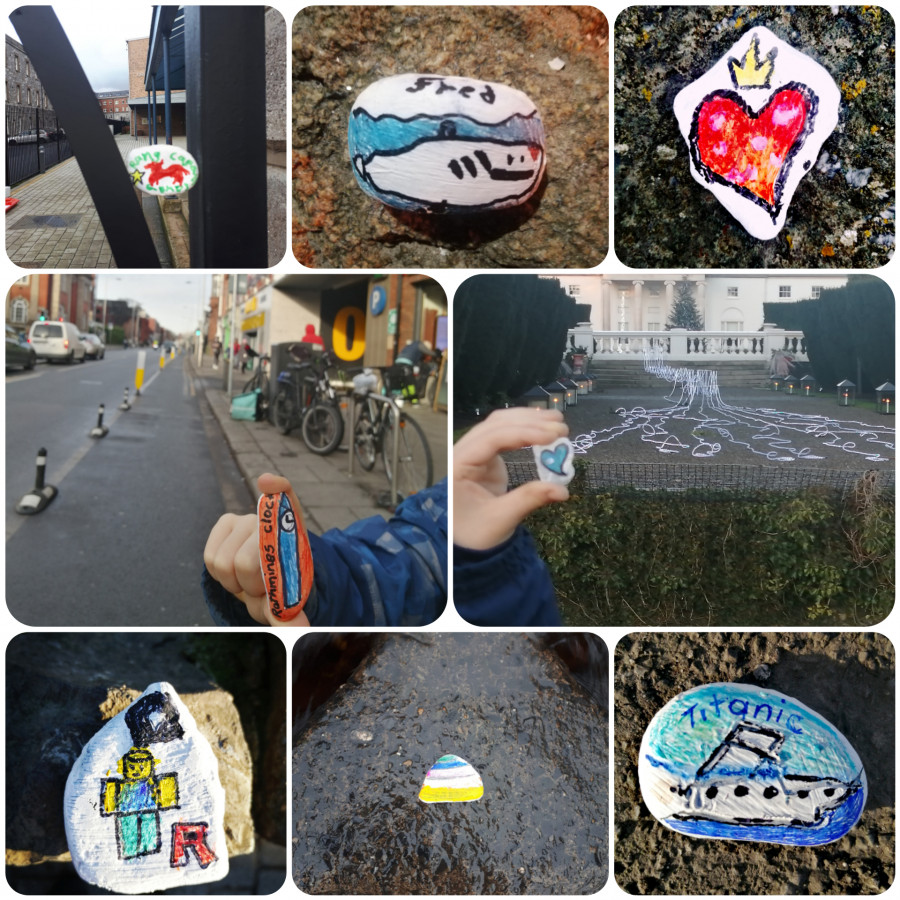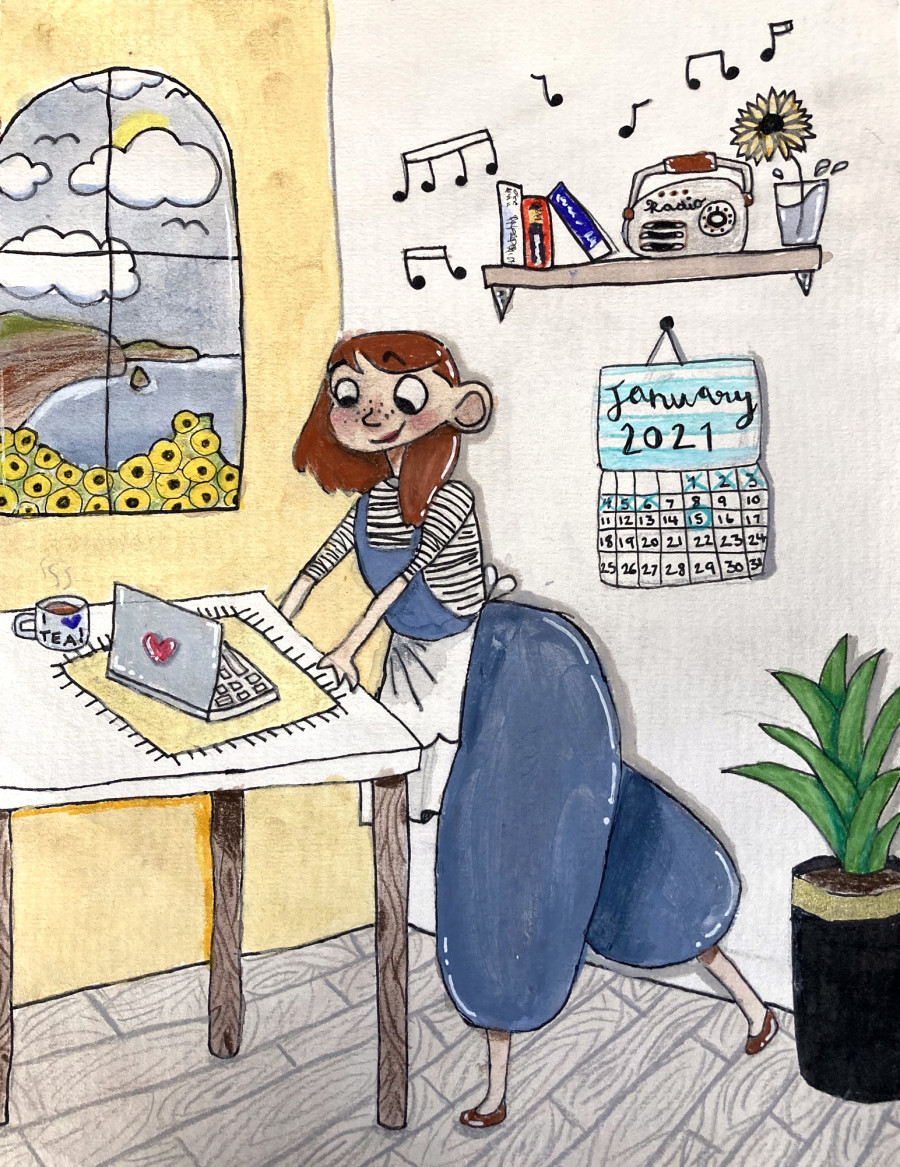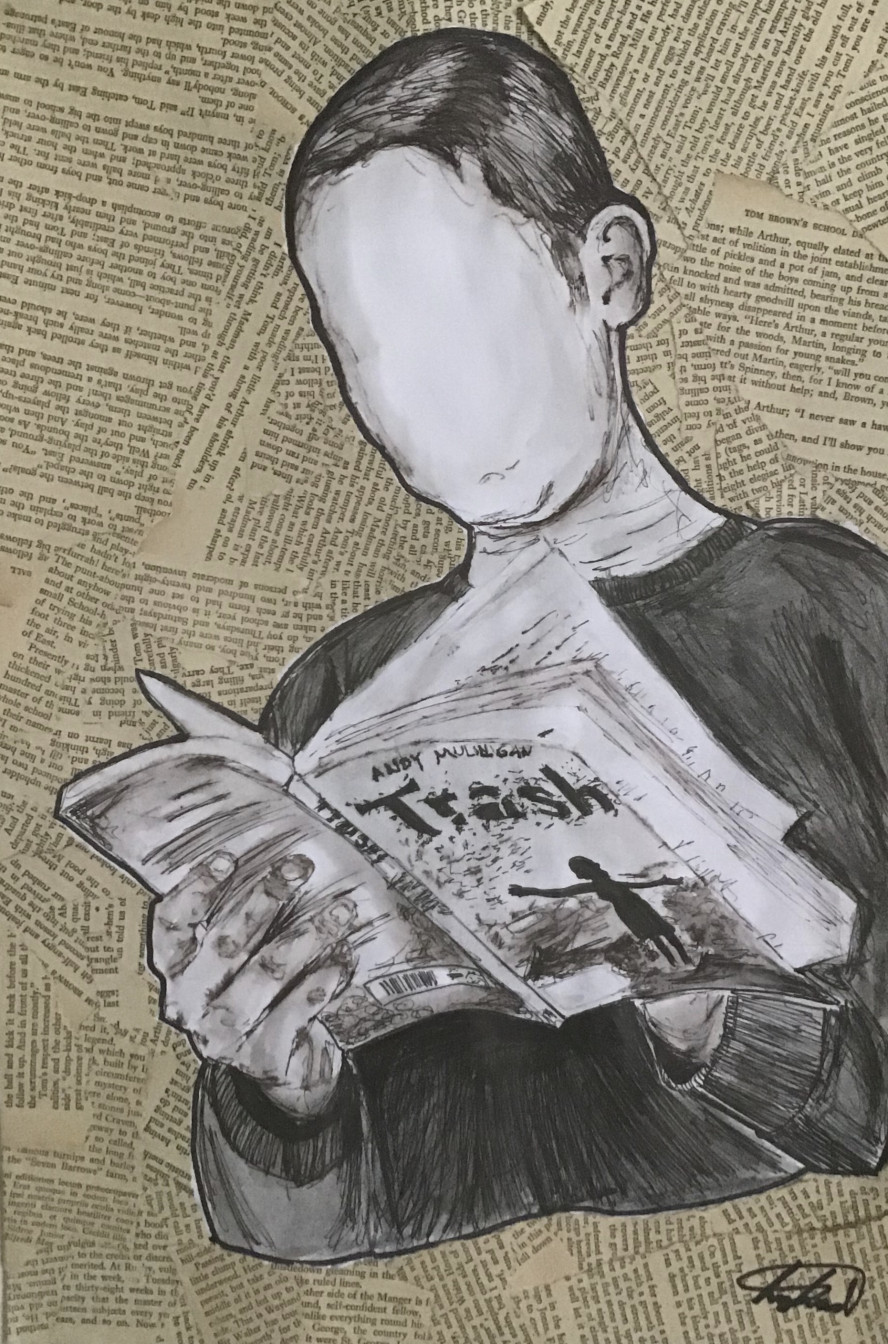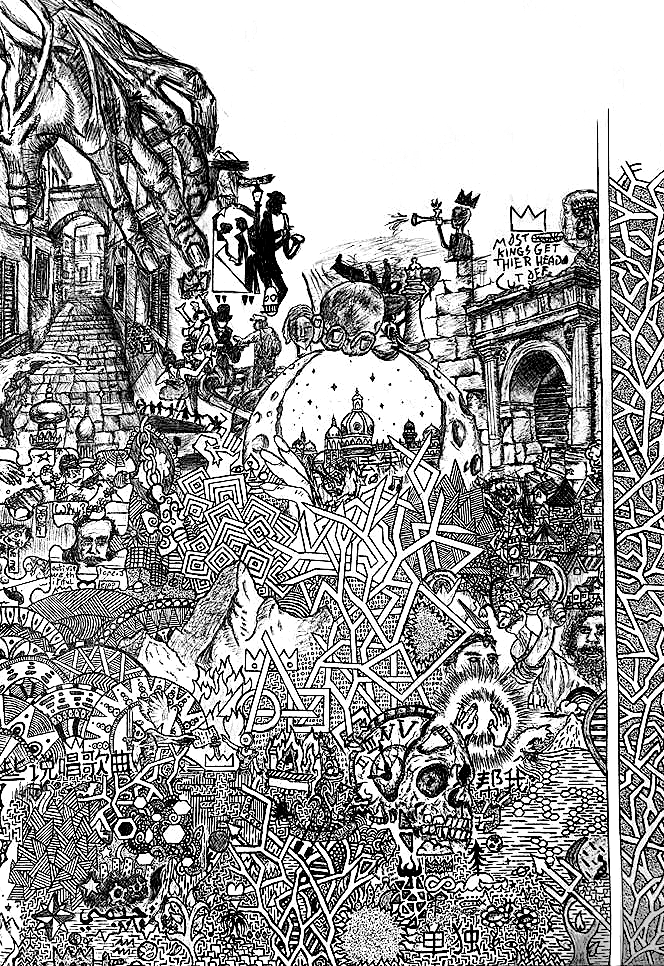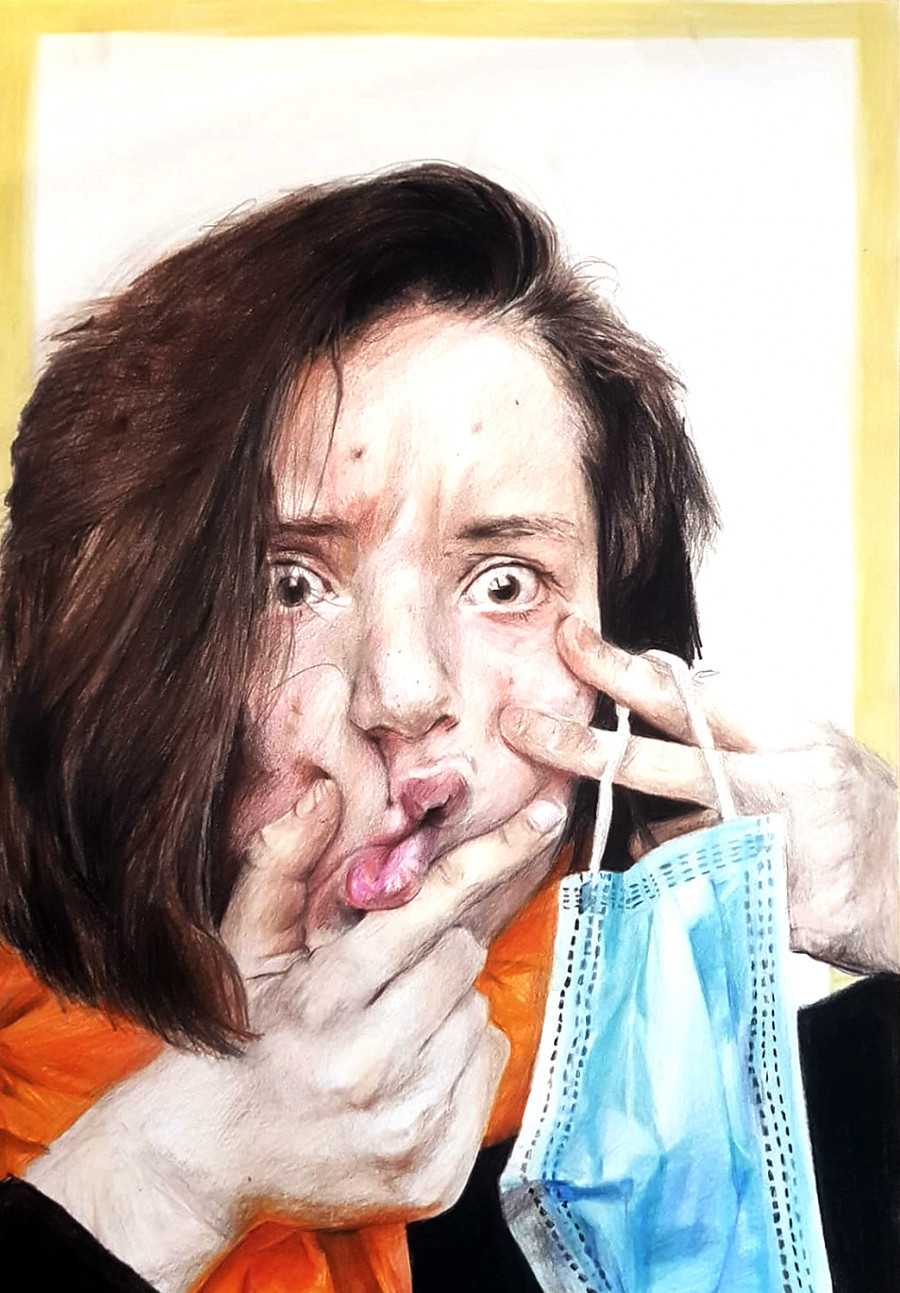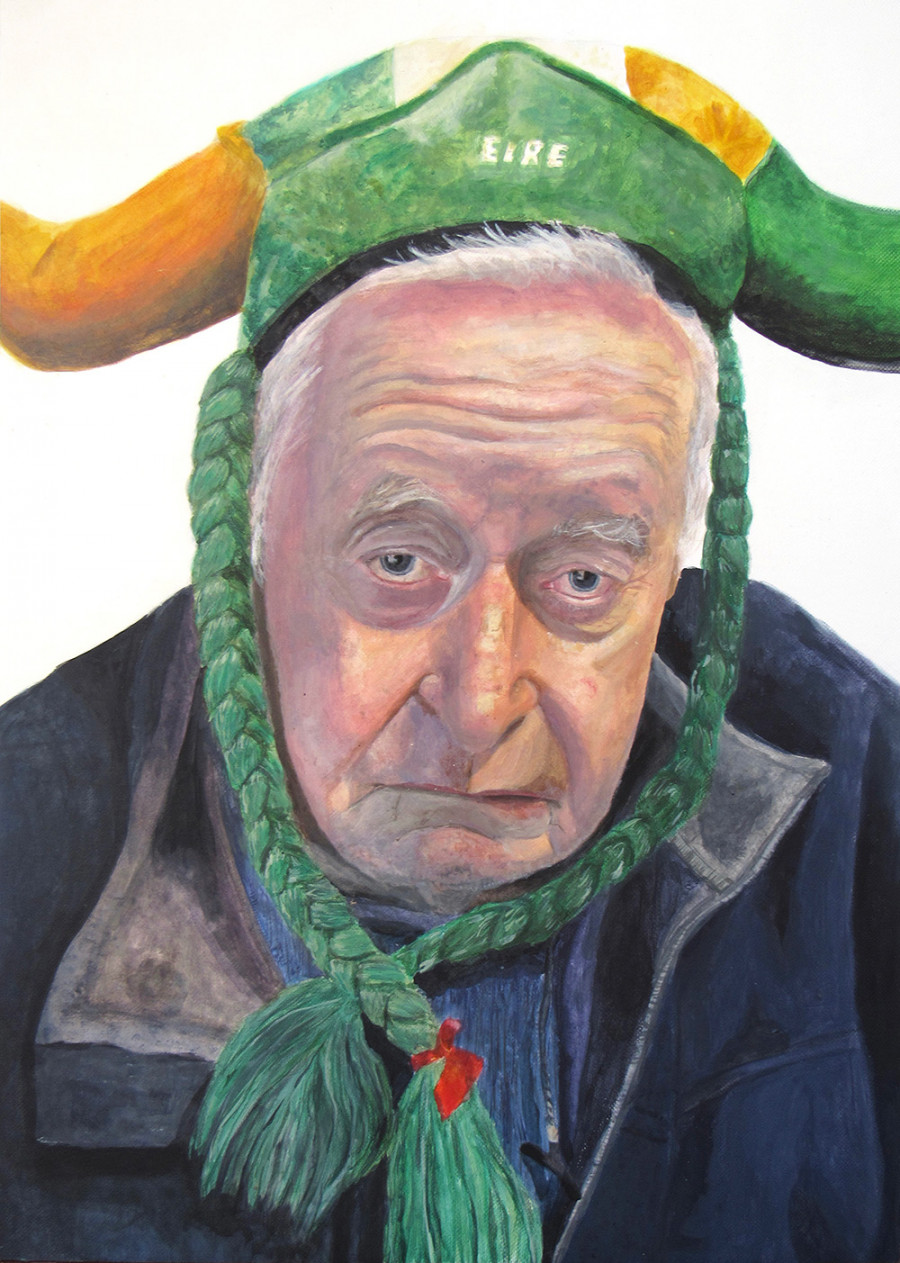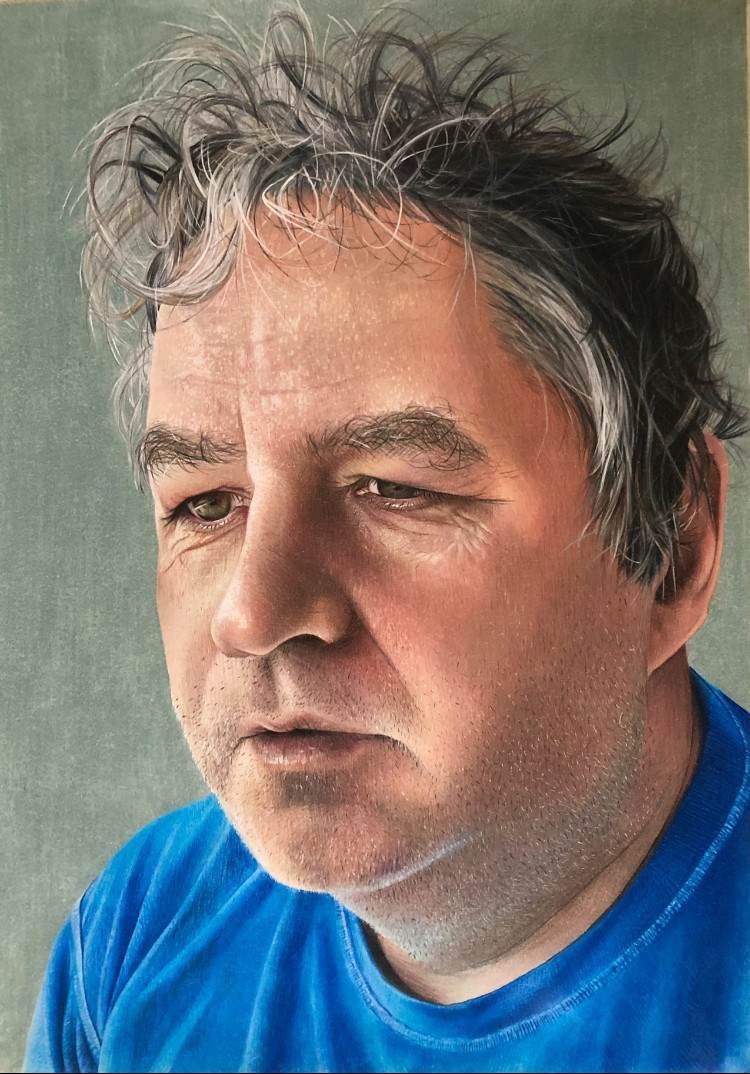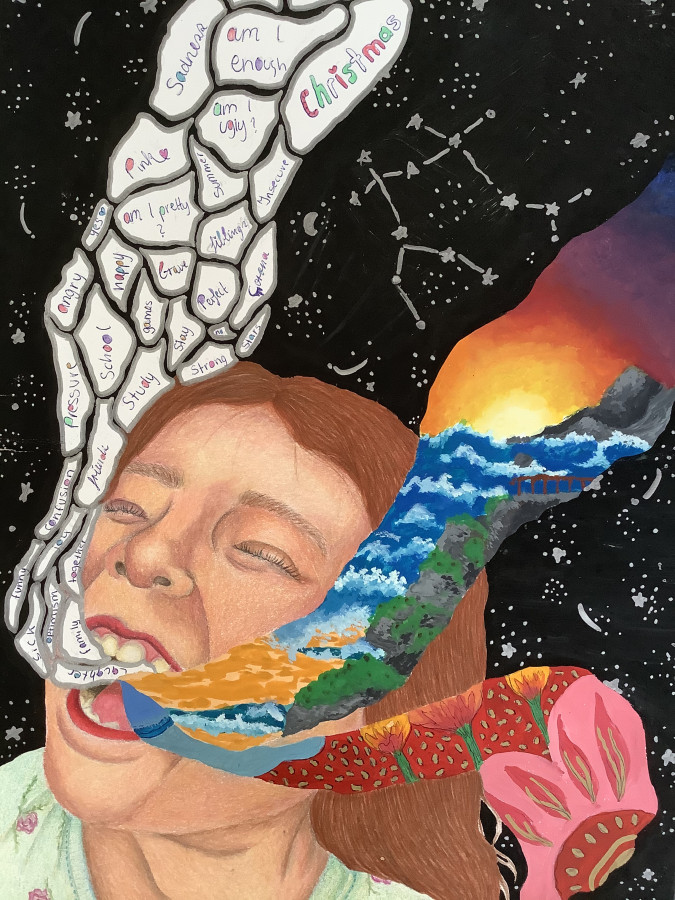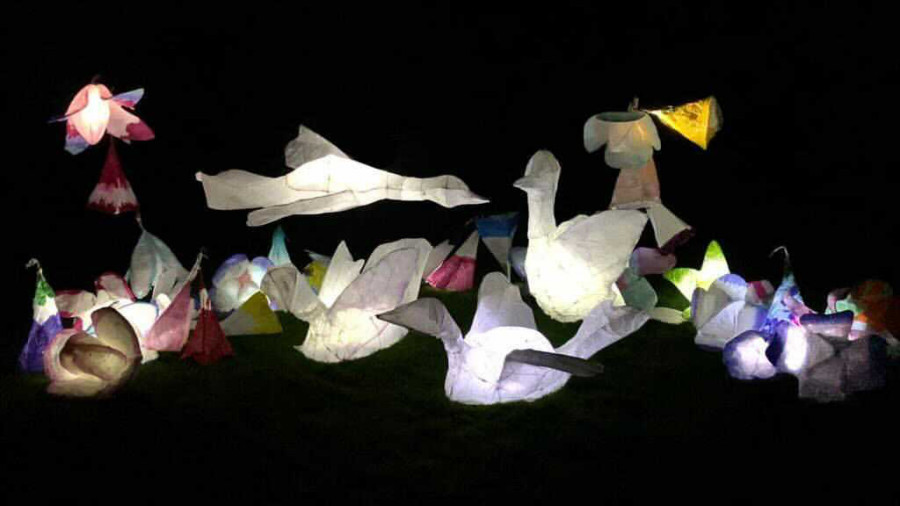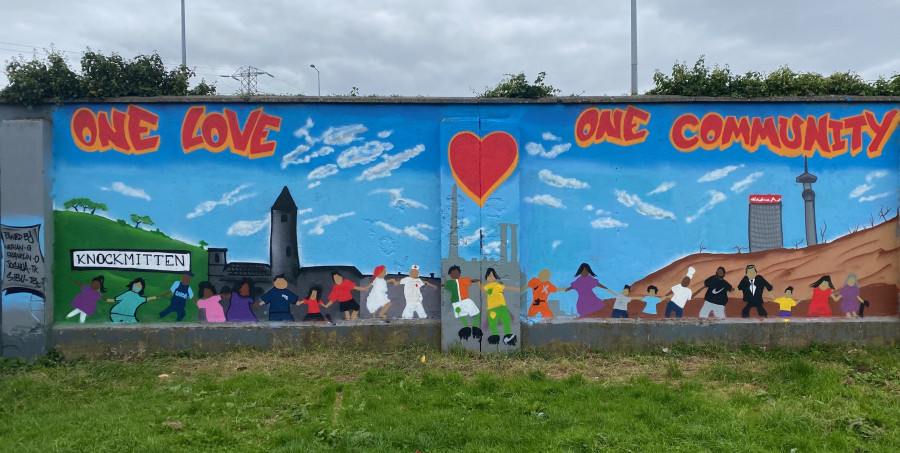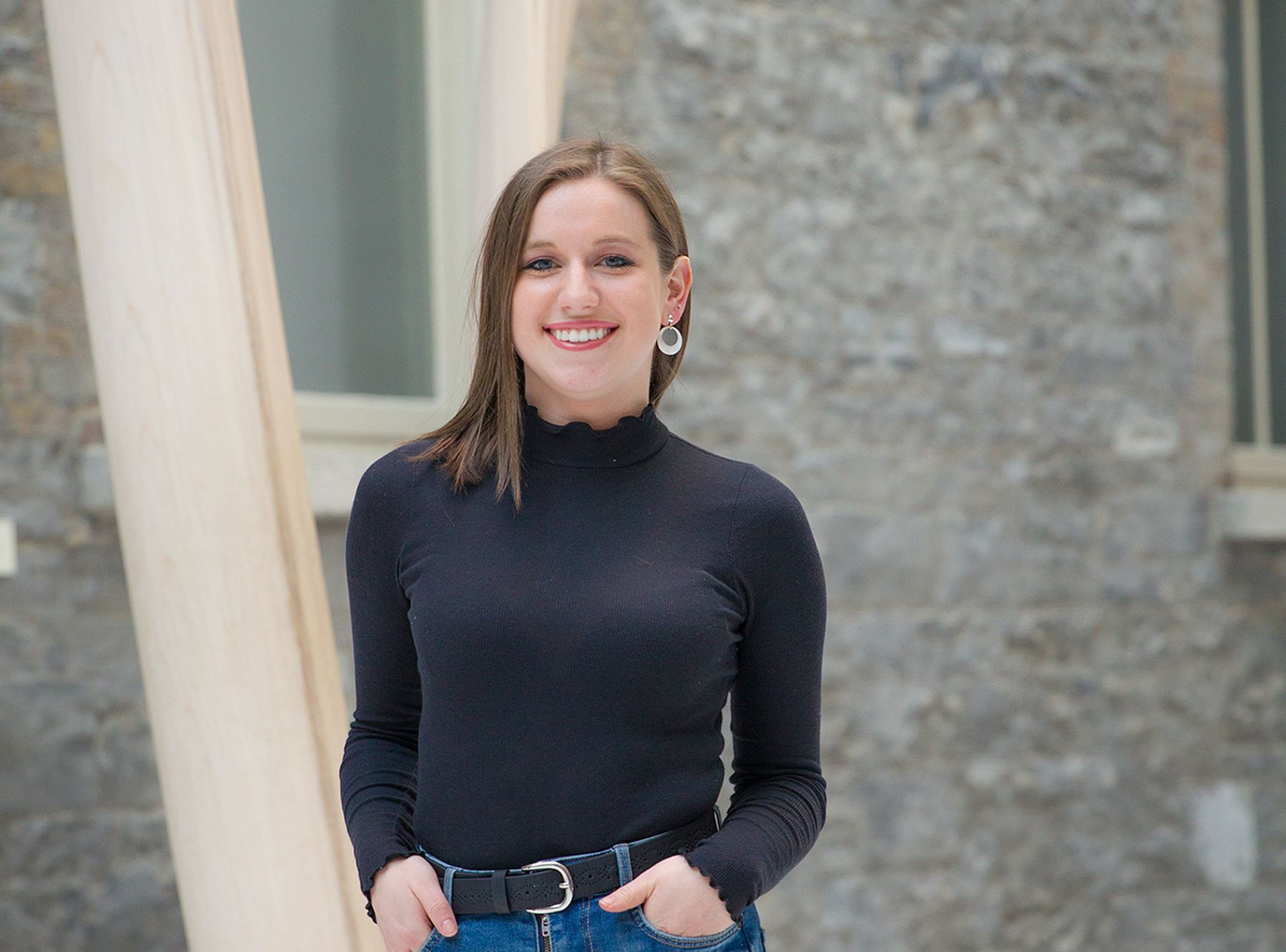
Sarah is a Curatorial Fellow at the National Gallery of Ireland, supporting the curatorial department in the preparation of exhibitions and the management and display of the permanent collection. A graduate of UCC, Sarah has worked in various roles in the museum sector including educational programming. She has curated numerous exhibitions for the NGI and Sarah has administered and co-curated the Gallery’s Zurich Portrait Prize for the past three years.
What is your job?
I am a curatorial fellow at the National Gallery of Ireland and as part of this role, I conduct research on the Gallery’s permanent collection- investigating the history of some of the artworks and updating information on artists or specific artists in the collection - and spend a great deal of time searching for photographic artworks to add to the Gallery’s collection, which is very exciting as I often get to meet really interesting people and travel to places I’ve never been to before. In addition to this, I curate exhibitions at the Gallery which involves thinking about art or an artist in a new way and presenting this perspective to the public.
Do you have a favourite type of art?
I enjoy lots of different types of art, but I would have to say that photography appeals to me the most.
Why is art important?
Art is vital for a number of reasons. It stimulates the imagination, evokes emotion and opens the mind to endless possibilities. Art is equally important to both the maker and the viewer. For the artist, it allows them to present their understanding of the world around them and often a reflection of their inner thoughts and emotions in a medium that they feel is best capable of relating this message. When a viewer experiences or engages with art, they often learn more about themselves and open their minds to new ways of interpreting various topics, from the human condition to nature and one’s relationship with it. Art enables us to find ourselves and lose ourselves at the same time and this is true for the artist and the viewer.
What is the job of art (or of artists)?
I think that one of the main roles of both art and the artist is to help us, the viewers, to see the world in new and innovative ways. Moreover, artists give form to ideas and feelings. In a more practical way, art can act as a visual record of the people, places, events and atmosphere of a particular moment in time.
How will you judge This is Art! and what will you be looking out for?
I am very excited to see the submissions to the This Is Art! competition and plan on approaching the judging process with an open mind and eagerness to learn more about the styles, subjects and media popular with young people in 2020/2021, a period marked by a universal feeling of uncertainty that is increasingly transforming into hope for a brighter and future as of late. I would be thrilled to see works that experiment with or push the boundaries of a particular medium – something that screams “this is who I am” and “this is my idea about what art is”. Imagination is central to art and I very much look forward to gaining an insight into the unique vision of the young artists who submit an artwork to this competition.
What is your favourite artwork in the National Gallery of Ireland?
This is a hard one to choose as I have so many favourites in the Gallery’s collection, but a work that has continually stuck out to me is Browning’s Sordello (NGI.2019.330) by the photographer Julia Margaret Cameron (1815 – 1879). Today Cameron is a legend in the field of photography, but during her time she was met with much negative criticism for her “amateur style”. She was a self-taught photographer who made portraits of family and friends that included the likes of Charles Dickens and Sir John Herschel.In addition to Cameron’s unique style and her courage to experiment with a medium that was dominated by men during the 19th century, what I like most about her photograph Browning’s Sordello is the story behind its acquisition. In 2018, when the Gallery started to actively collect photography, one of the first works acquired was a portrait of a woman named Mary Ryan, an young Irish girl that Cameron saved from a life of poetry when she took her in as her maid and muse. Soon after, we learned that a gentleman and member of the Indian Civil Service Sir Henry Cotton had fallen in love with Mary after viewing one of Cameron’s portraits of her at an exhibition in England. Rather serendipitously, a photograph of Mary Ryan came up at auction in 2019, this time with her lover, Sir Henry Cotton. The pair married in 1867 and posed for Cameron on their wedding day as Romeo and Juliet.
Is an artist statement important to you as a viewer?
For me, the artwork is most important, and I have long been a believer in allowing the viewer to interpret an artwork on basis of their experience with it rather than their reading of an artist statement or artwork description as such texts can influence one’s engagement with the artwork in question. However, there are certainly a number of merits to providing an artwork statement to inform the viewer of your experiences with art to date and to draw attention to your vision, motives and aims for the future.
When did you know you wanted art to be your 'job'?
While I have had a long interest in art – visiting museums since childhood and reading about the “greats” such as Pablo Picasso and Frieda Kahlo from a young age – I knew I wanted to be involved in art in some way during a visit to the Palace of Versailles as part of a fifth-year school trip when I was about 17 years old. During a tour of the many magnificent rooms there, I paused to watch a conservator work on restoring a ceiling painting. I was completely in awe of her skill and precision and I thought to myself how amazing it would be to have a career dedicated to bringing life back to artworks that were fading with old age. When I was in college, I joined a programme in the Glucksman Gallery, Cork that offered hands-on experience in curating and I immediately fell in love with this role. So while I do still peer into the windows of the conservation department in the National Gallery in admiration and amazement of the team’s extraordinary abilities today, I am so happy to be working in the realm of curating exhibitions and acquiring artworks.
What advice do you have for young artists?
Always be true to yourself and your vision. Create art that makes you happy. Remember art is and always will be subjective so you do not need to conform to any particular style; rely on any specific medium; or respond to the interests and feelings of a certain audience. Allow yourself to be inspired in the most unlikely of places- sometimes the best art is made out of unusual experiences. Endeavour to see the extraordinary in the ordinary.
How do you know if you are a good artist?
I think you know that you are a good artist when you stand by your vision and your interpretation of “good” art. If you feel that what you are producing correctly exemplifies your understanding of the creative process and you feel confident that what you are making is of a quality that satisfies your desire to express yourself or aspects of the world around you then you have mastered being true to yourself and your artistic vision, which I think is what is of the utmost importance. Don’t worry about whether other people will perceive you as a “good” artist because it is your message to the world and how you choose to express it that is paramount.
What is art?
In a very literal way, art is often understood as any activity or product made or carried out by people with a communicative or aesthetic purpose—something that expresses an idea, an emotion or, more generally, a world view. However, this is a very subjective term and will inevitably have different meanings for different people. For me, art is a method of expression and communication that sparks emotion in me and allows me to understand aspects of the world and the human condition in new ways.


